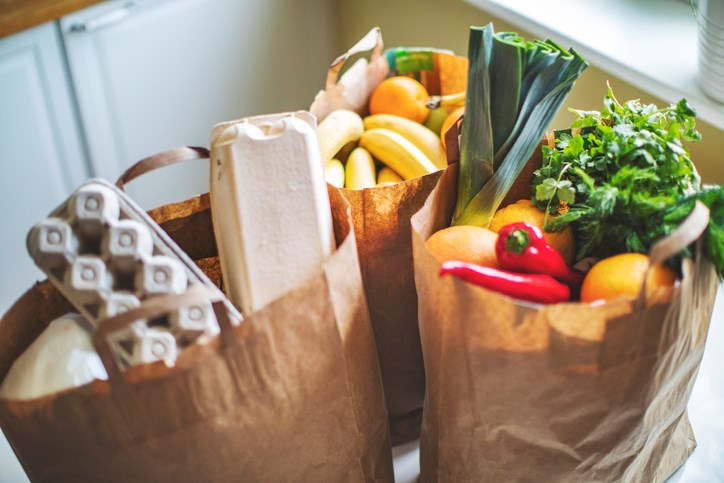SASKATOON — Organic sales in the United States have slumped after rising steadily for decades.
Sharon Raszap Skorbiansky, research economist with the U.S. Department of Agriculture’s Economic Research Service, said retail sales fell for the first time ever in 2021.
“It was impacted by the COVID-19 pandemic, by high food price inflation, the economic downturn and changes in consumer purchase patterns,” she said during a presentation at the USDA’s 100th Agricultural Outlook.
Sales fell by three percent in 2021 and another 3.5 percent in 2022, the last year for which there is available data.
Her findings seem to contradict those of the Organic Trade Association, which is reporting that organic food sales reached a record US$61.7 billion in 2022, accounting for six percent of the country’s total food sales.
“The organic market grew despite challenging headwinds,” the OTA stated in a news release.
“The sector’s four percent growth in sales value was nearly twice the pace of growth in 2021.”
Raszap Skorbiansky said the difference is that the USDA’s numbers are inflation adjusted to 2023 dollars, while the OTA is using nominal dollars.
She said it has been a tough couple of years for the industry. The U.S. experienced 9.9 percent food price inflation in 2022, the highest since 1978.
That hit the organic industry particularly hard because their products tend to have sizeable price premiums over conventional food products.
“It can be challenging for consumers to purchase organics with tightening budgets and with increasing food prices,” said Raszap Skorbiansky.
However, she noted that the 2022 sales were still higher than the pre-pandemic levels of 2019, so there was some demand growth despite the difficult times.
The number of certified organic operations fell to 17,048 in 2022, down from 17,741 in 2017, while 2,125 farmers were transitioning to organics compared to 3,723 in 2017.
Trade of organic products has been robust.
“The value of tracked imports has been trending upwards,” she said.
The U.S. imported nearly $4.5 billion of goods in 2023, up from about $3 billion a couple of years ago.
There are now 125 Harmonized Tariff Schedule (HTS) codes for organic products, with 45 new ones added in 2023, including products like red lentils, flax and wheat gluten.
Exports declined in 2023 to about $700 million, down from about $800 million two years ago. The U.S. tracks fewer export codes than import codes.
“Canada and Mexico take the majority of our organic exports,” said Raszap Skorbiansky.
Fruit and vegetables continue to lead the way in retail sales, accounting for $23 billion, or 35 percent of all organic sales.
An estimated 56 percent of organic food sales occurred in grocery stores, club stores, convenience stores and supercentres compared to 32 percent in natural and health food stores.
Raszap Skorbiansky said that demonstrates the progression of the organic market from niche to mainstream because in 1998 it was the reverse with 31 percent sold in grocery stores and 63 percent in natural/health food stores.

